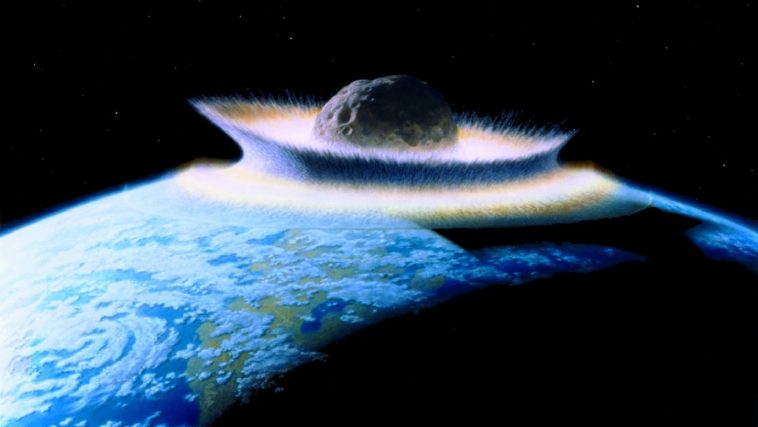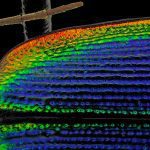[Originally published in July 2016 as A Desperate Attempt to Solve an Intractable Problem]
One of the many problems associated with an ancient earth is the young, faint sun. In a nutshell, we think we understand the way a star produces energy, and based on this understanding, a star starts off dim and grows brighter over time. Based on what we know, then, the sun should have been about 25% dimmer 3.8 billion years ago, when most evolutionists think life first emerged on earth. However, if the sun really were 25% dimmer back then, the earth would be far too frigid to support life.
This problem has been recognized for more than 40 years now, and evolutionists have worked hard on it (see here and here), but a solution has remained elusive. However, a recent paper has proposed a possible solution, and I found it interesting, because it illustrates exactly how desperate evolutionists are to get rid of this intractable problem.
In essence, the paper says that the way to fix the problem is to have earth pummeled by very large (greater than 100 kilometers in diameter) asteroids. They are so large that the authors call them “planetesimals”:
Planetesimals exceeding 100 km in diameter pummeled the early Earth for hundreds of Myr, resulting in large volumes of melt produced both by immediate depressurization and by subsequent mantle convection driven by the impact.
But wait a minute. Wouldn’t constant bombardment with large asteroids cause a problem for the formation of life? Not necessarily. Obviously, the impacts would inhibit the formation of life wherever they occurred, but they might make the earth as a whole more hospitable for life.
How? Well, impacts from large asteroids would melt lots of rock, making huge pools of lava. Those pools of lava would release the gases that had been trapped in the rock. Some of them would be greenhouse gases, like carbon dioxide and water vapor. Those greenhouse gases would then trap energy in the atmosphere, making the earth warmer than it otherwise would be.
Of course, there’s the rub. If the number of asteroid bombardments becomes too great (or the asteroids are too large), too many greenhouse gases would be released, and the earth would get too hot. If there aren’t enough bombardments (or the asteroids are too small), too few greenhouse gases would be released, and the earth wouldn’t get warm enough. In other words, the rate and severity of these impacts need to be balanced very precisely to keep the earth warm, but not too warm.
That’s not the end of the story, however. The greenhouse gases also have to leave the atmosphere over time. Otherwise, the earth would end up getting too hot as the sun got brighter and brighter. At the right time, then, the asteroid impacts would have to start decreasing, and the greenhouse gases would have to leave the atmosphere. Of course, these processes couldn’t happen too slowly or too quickly. Their rates would have to be coordinated with the increase in the sun’s brightness.
To me, this all seems very hard to believe. In order to keep the earth hospitable for life over evolutionary history, there has to be this perfectly-coordinated “dance” between asteroid impacts, greenhouse gas concentrations, and the brightness of the sun. Any misstep in the dance would destroy life on earth.
Of course, if you are committed to believing in an ancient earth, I guess any story, no matter how desperate, is better than an intractable problem.






